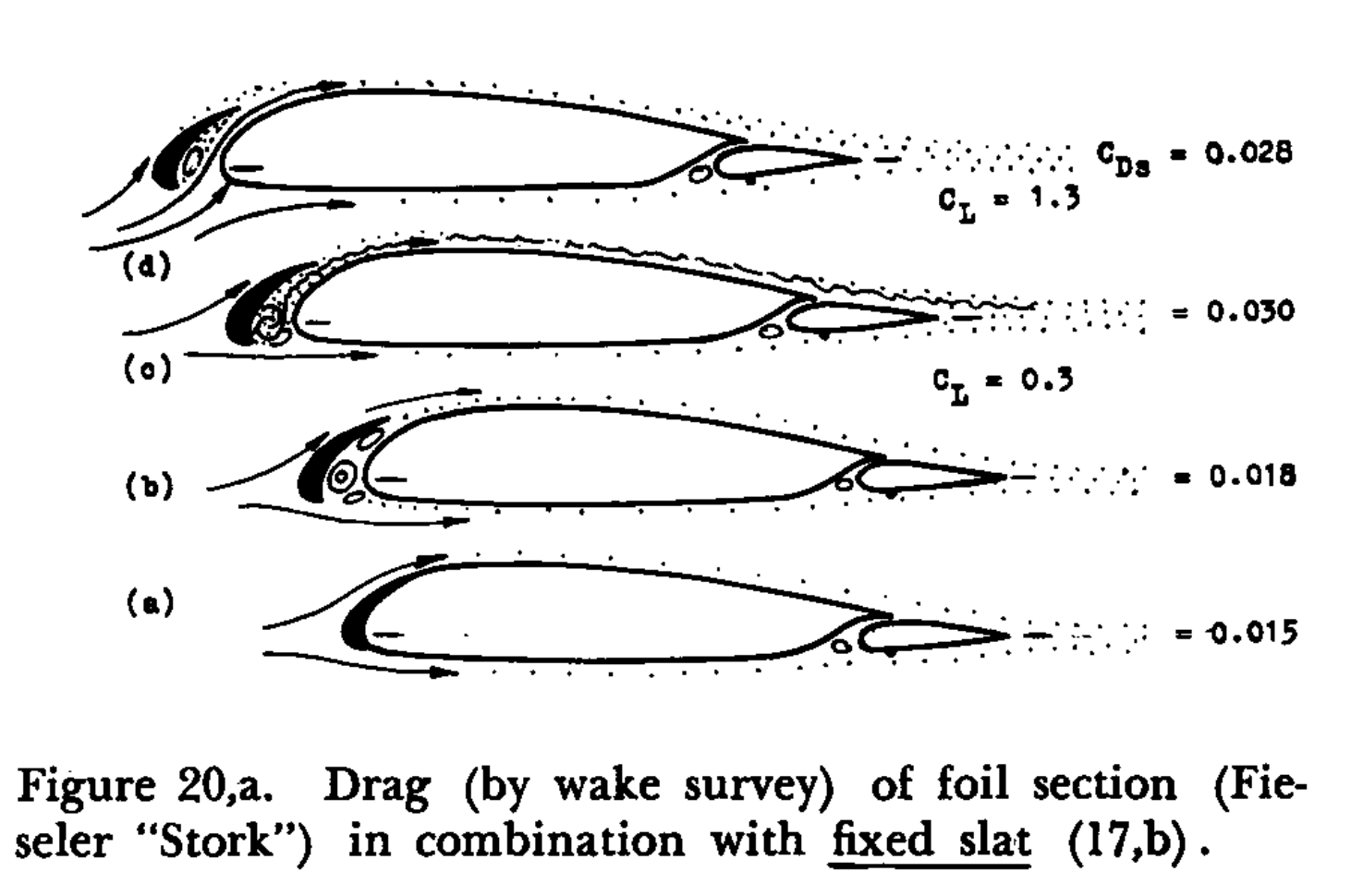During descent, assuming the same speed and idle thrust, is the rate of descent greater in a clean configuration or with slats?
-
1$\begingroup$ Any high lift device is going to decrease your l/d ratio. So for the same forward speed you will have a higher descent rate. $\endgroup$– TomMcWCommented Nov 18, 2017 at 18:54
-
$\begingroup$ how can you demonstrate that? Even for slats, the lift to drag ratio will decrease in comparison with clean configuration, for the same speed? $\endgroup$– PedroCommented Nov 18, 2017 at 19:05
-
$\begingroup$ The whole point of high lift devices is to maintain lift at lower speeds. Same lift + lower speed = higher induced drag. To maintain the same airspeed with slats/flaps deployed you have to pitch down, thus increasing descent rate (assumuing idle thrust). $\endgroup$– TomMcWCommented Nov 18, 2017 at 19:09
-
$\begingroup$ Clean config will be designed to give you the best l/d since that’s what you want in cruise: highest possible speed at the lowest possible thrust setting. $\endgroup$– TomMcWCommented Nov 18, 2017 at 19:11
-
$\begingroup$ So, in your opinion l/d with slats is < l/d in clean config. Do you have a graphic or some publication that can prove it ? $\endgroup$– PedroCommented Nov 18, 2017 at 19:41
1 Answer
If the slats would increase L/D, they would not be retracted in cruise.
TomMcW is right, any high lift device increases drag when compared to a polar point that is within the regular operating envelope of the clean wing. How much so can be answered when looking at old wind tunnel data published by Sighardt Hörner in his classic "Fluid Dynamic Drag":
Figure 6-20 from Fluid Dynamic Drag comparing different versions of the Fieseler Fi-156 "Storch" slat. Although it is not explicitly stated (and the original report in the Jahrbuch der deutschen Luftfahrt-Forschung of 1940 is not available online), it must be assumed that the lift coefficients of (a), (b) and (c) are similar. After all, Mr Hörner worked at Fieseler in Kassel and contributed to the aerodynamic design of the Fi-156, so he should have been intimately familiar with this airfoil.
Version (a) at the bottom is with a gapless slat and produces a drag coefficient of 0.015. Version (b) is with a gapped slat but blocked flow, and the drag coefficient shows a small increase to 0.018. Once the gap is opened (c), the drag coefficient jumps to 0.03. Note that at a higher angle of attack and lift coefficient (d), the drag coefficient is slightly reduced (0.028). But it is safe to assume that a deployed slat roughly doubles the airfoil drag.
If thrust and speed are not changed, deploying slats will increase sink speed. If I further assume that this descent is done at optimum L/D (zero-lift drag equals induced drag), then a doubling of the zero-lift drag of the wing will increase total drag by maybe 17%, details depending on the share the wing has in overall drag (I assume for the figure above that this share is ⅓).

